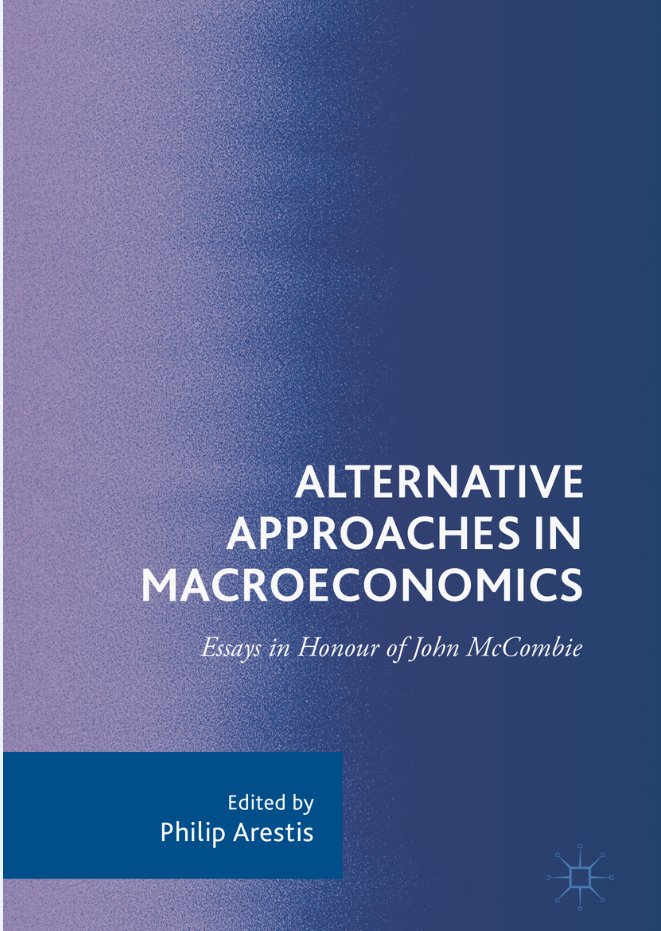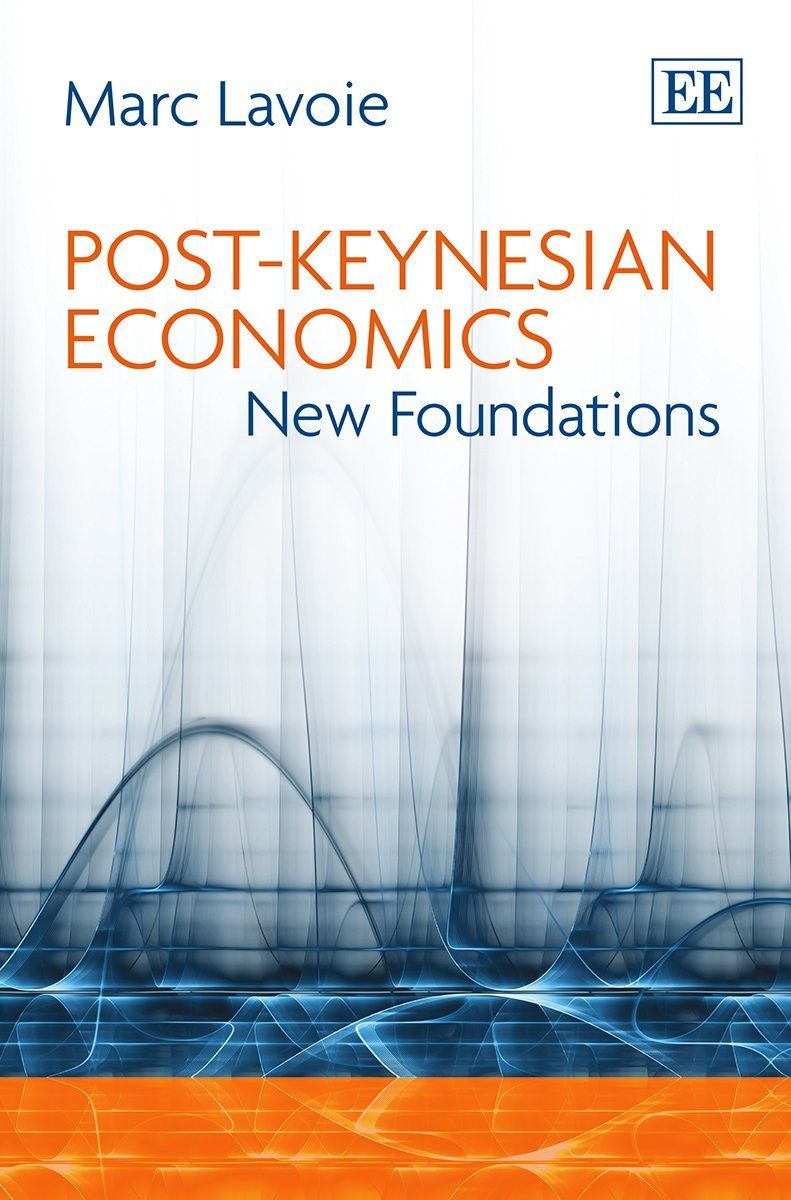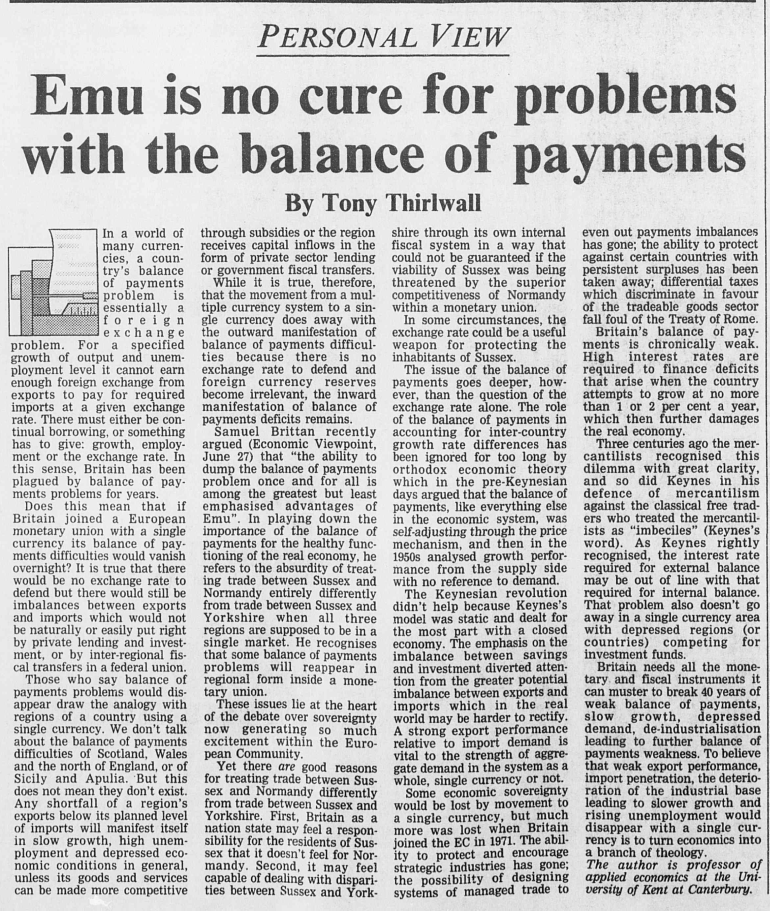I am always interested on how close economists come on a full model of how the world works. And so I found this passage from John McCombie in his article Harrod, Economic Growth And International Trade on Roy Harrod in the book Economic Dynamics, Trade And Growth: Essays On Harrodian Themes interesting:
Harrod, through the development of his open economy model, implicitly saw the fallacy of Keynes’s argument. On the basis of a model with no government sector, Harrod (1948, p. 103) noted that ‘the balance of trade depends upon whether the ratio of the volume of exports to the volume of home investment is greater or less than the ratio of the propensity to import (viz. imports represented as a fraction of income) to the propensity to save’. But there was no reason why, at full employment, these ratios should be equal and why the balance of payments should be in equilibrium. If there was initially a balance-of-payments disequilibrium, and it was impossible to finance perpetually the deficit, there would be a financial crisis and ‘investment would come tumbling down’. It is here that we perhaps have the first reference to the possibility of a balance-of-payments constraint, where conditions in the external markets dictate the level of domestic activity. Harrod also appreciated early on the deflationary bias which the balance-of-payments imposed on the international system, with the burden of adjustment falling on the deficit countries and where there was little to force a surplus country to expand its level of economic activity.
…
References
…
Harrod, R.F. (1948), Towards a Dynamic Economics, London: Macmillan.
…




